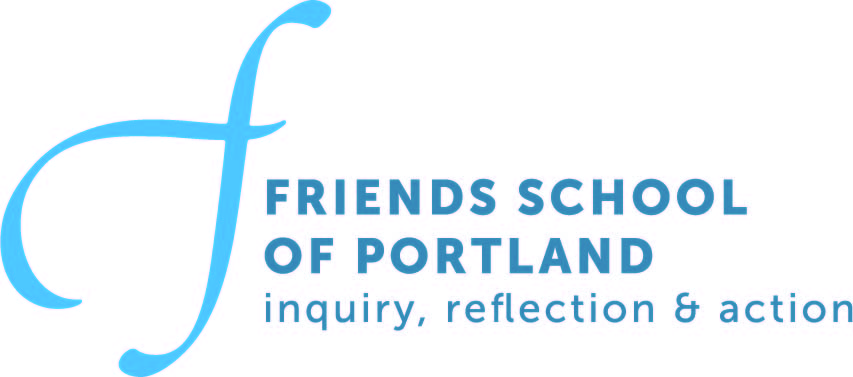Pictured above: Third and fourth-grade students working on their newspaper articles.
Just as the first crocuses were blooming around campus in mid-March, I started to see interviews sprouting up all over campus.
Rachel’s 3-4 class is writing an elementary school newspaper, and students have been interviewing friends and grown-ups for articles on topics ranging from playing soccer at recess in a more joyful and collaborative way… Littering on campus and stewardship… and AfterCare snacks. The seeds of this project started last year, when middle school students made a school newspaper that delighted Rachel’s class and inspired them to create their own. Last year, it was fully student-driven.
This year, fourth-grade students invited the third-grade students into this aspect of their classroom culture, renaming it and reimagining it as a new group. When Rachel realized that everyone was involved, she turned it into a classroom curricular activity.
In December, Rachel answered two questions I had:
What draws them to this project? “They really like working together. They really like collaborating, as in being the illustrator for a friend’s article. They love the idea of finding a role that fits them: who are our writers, who are our editors. They also know that they get to type their final products, so they get to use technology they don’t always get to, and elevated or more formal layout.”
What’s different from last year? “They are really trying to be conscious of their audience and write with elementary students in mind. Last year they were so focused on the writing and the proud feeling of sharing – this year they are imagining further down the chain. What will it be like to see someone reading this? It’s the next step of empathy as a writer, where they say: I want to say something not just because I love saying it, but I want to know what it’s like for you as a reader.”
Another big difference from last year is that now there is a thread about the history of Quaker publications as part of religious and political life for early Quakers.
As Rachel shared: “It felt like a worthwhile project to center in the curriculum both because it was important to them and because of the lineage of Quaker journalism.” She showed me a book she has been using, Print Culture and the Early Quakers by Kate Peters. The first line states: “The early Quaker movement is remarkable for its prolific use of the printing press.” Among other things, excerpts from this book have helped Rachel explore with her students: the role of writing in the creation of shared ideas and the notable inclusion of women among the early Quakers. Even without knowing the printing press was so widely used among Quakers and the power of the Quaker pamphlet, it is easy to see the connections of commitment to truth-telling and wanting to share important messages. Another content connection is that one of the students writers chose to write an article about Quaker life at school.
FSP Parent, Rebecca Traister and political journalist, came to talk to the class about being a journalist and what it means to be a reporter. She discussed the idea of having a lede; the idea of a “nut graph” (an early paragraph after the lede that encapsulates the topic); the idea of having a thoughtful and powerful conclusion that leaves your reader thinking. She also taught the importance of structure: that a writer’s choices about putting the information in order for them will shape how their reader understands the information. She also emphasized the important idea that reporting is gathering accurate information, and reporters need to be trustworthy.
One of my favorite aspects of this project that I have experienced firsthand has been the joy of being interviewed. I spoke with four students about their article topics, and I am not alone in this – I have seen adults and 3-4 students paired up around campus as students conduct interviews and take notes. They started by thinking about experts in their world and writing letters that invited adults into conversation. Billy was interviewed as an expert on sports at school, Robin was interviewed about outdoor education. Rachel described that this project has given kids opportunities to connect with adults in a new way.
When I asked Rachel in March what most excited her about this project, she replied: “Everyone has chosen a topic that is really important to them. They are taking their process and their product very seriously because they deeply want to be understood. There are ideas I didn’t even know were so exciting to people until they started working on these!”
Keep your eye out at the end of April for “The Elementary News”!

